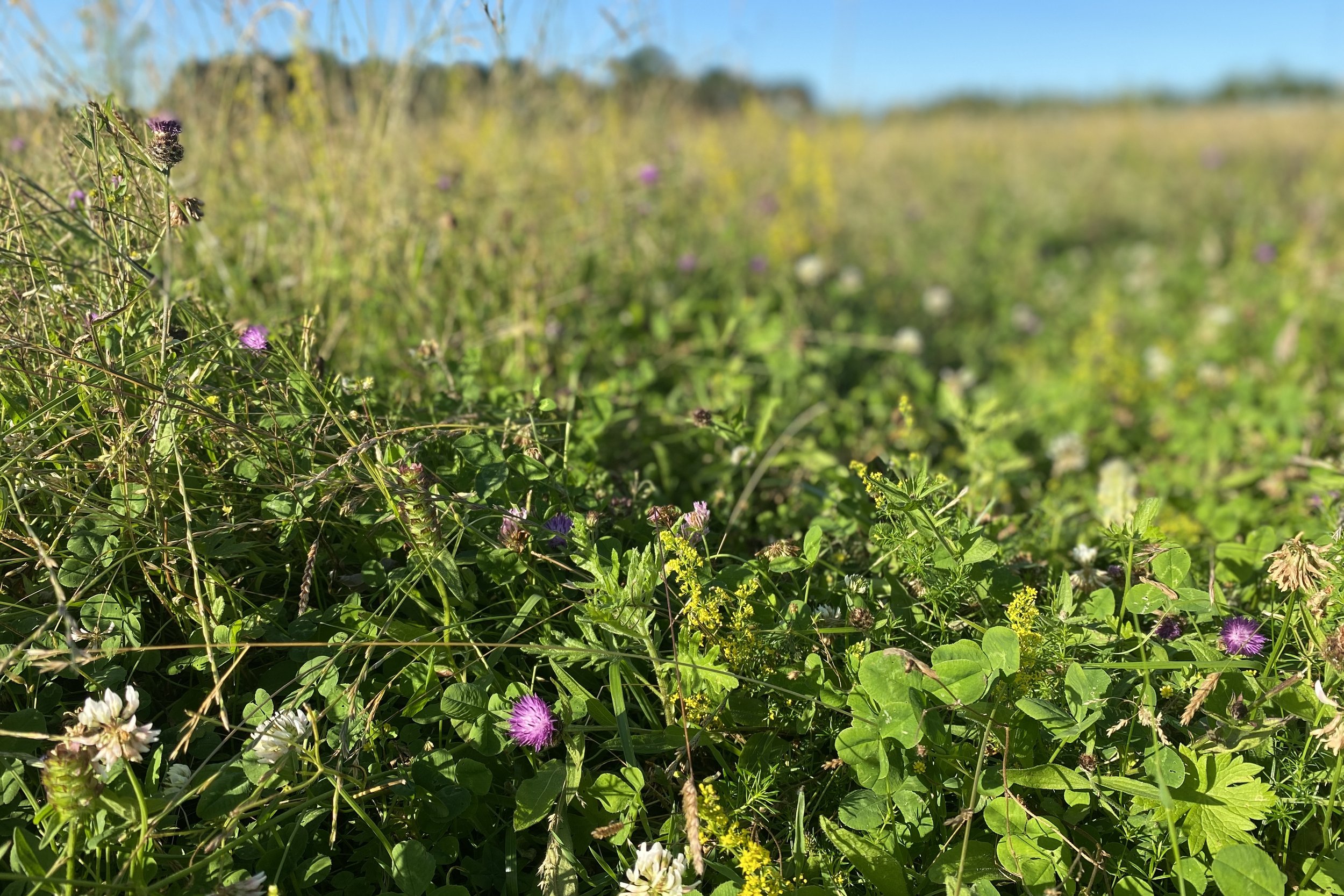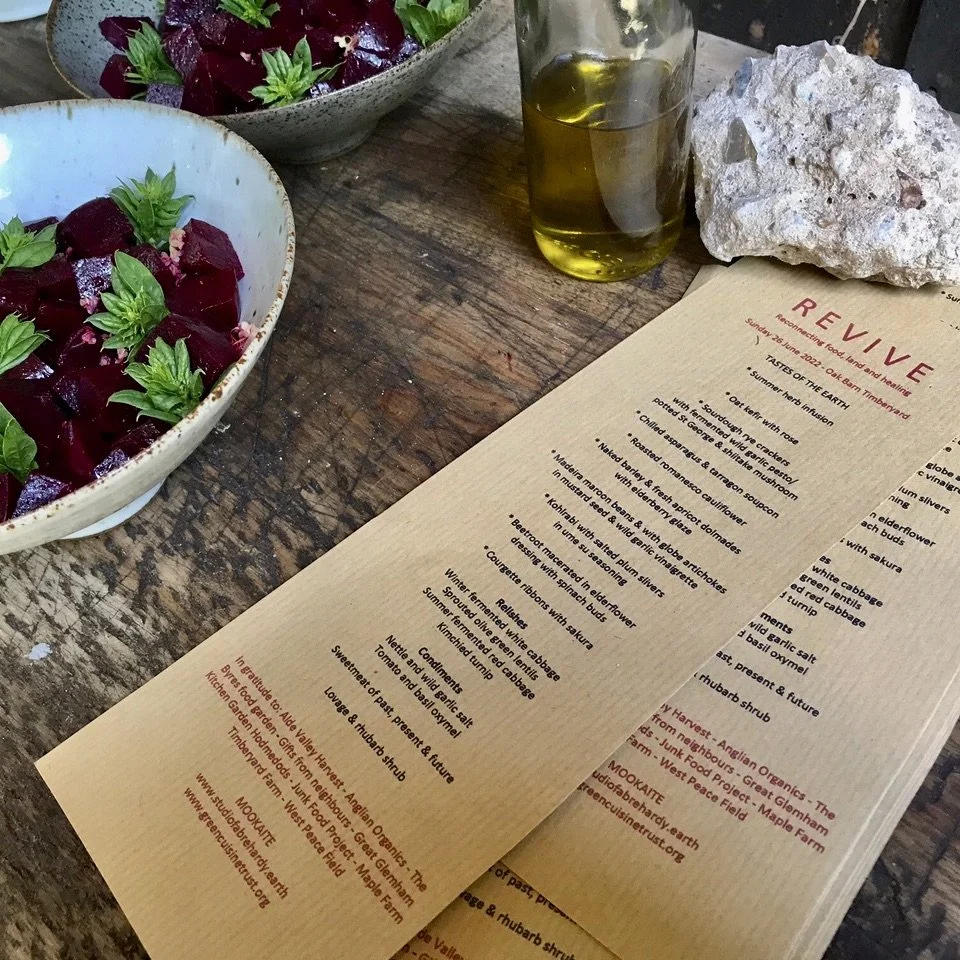
Welcome
What a farm can be
Great Glemham Farms (GGF) is a family-run partnership in East Suffolk. For three generations, we have co-managed the farm as a living landscape of arable and livestock within a commitment to environmental stewardship and community well-being.
Over the last decade, we have been deepening into the question of what a farm can be. Heartfelt gratitude to the farmers, land workers, elders, artists, scientists, researchers, community leaders and pioneering campaigners who have shared their knowledge and experiences with us.
To restore our connection with each other and the natural world through food and land: this is the vision that has emerged to guide us forwards. It is supported by a commitment to honour the past, work collaboratively, and nurture an ethos of care for future generations.
-

Honour the past
Stories from elders who have worked with the land for over 70 years, reading sacred texts about food, tracing old field patterns, discovering centuries old Suffolk poems, studying old recipes and books on plant medicine for livestock, mapping historic ponds and remembering seasonal farming festivals: these and other teachings are precious and powerful guides.
-

Strengthen collaborations
Learning from the generations above us, we recognise that farming is a collective and co-creative endeavour, and we value the opportunity to collaborate as a farm team and with a diversity of partners, including other farmers and skilled land workers, DEFRA, WildEast, the RSPB, Hodmedods, Living Justice and FWAG.
-

Inter-generational care
What should we know about the services you provide? Better descriptions result in more sales.
“At a time when we need people and places to to learn from, Great Glemham Farms is in a key position to lead toward the kind of relationships with nature that we cannot afford to lose.”
Dr Julia Wright, Adviser to GGF and Associate Professor at the Centre for Agroecology, Water and Resilience (CAWR) Coventry University
THE FARMS | A diverse ecosystem
Great Glemham Farms forms an important natural water catchment feeding into the river Alde, with an exceptional variety of soil types transitioning from clay around the upper rim of the catchment, leading down through light sandy soils to richer loamy land. This land provides a rich mosaic of different habitats: woodland, water meadows, small pasture meadows, arable fields, 27km of hedgerows, over 20 historic ponds, various sandpits, and managed nature reserves, all of which contribute to biodiversity.
We share a deep commitment to the care and creative management of the farms’ natural resources to enrich biodiversity, produce food and provide multiple benefits for community health and well-being. Over the last few decades, we have focused on providing high quality food in the context of careful management of the farms’ soil and water resources through regular field-application of organic matter, rotational cropping, field drainage that allows for both aquifer replenishment and the preservation of the vitality of our ponds and ditches.
We have also focused on hedge-planting, maintenance of hedges and hedgerow trees, all as a living framework around cultivated fields, permanent pasture, woodland and nature reserves. White House Farm has been home to a wide range of educational, art events and rural business enterprises. We also collaborated to create a solar farm that integrates wildlife management and livestock grazing within its management plan.
Woodland 35 ha
Historic Parkland
Combinable crop 275.33 ha
Managed Nature Reserves 40 ha
Water bodies and public footpaths and tracks 5 ha
Community green space and playground 2 ha
County wildlife site at Parham airfield
Landscape Conservation Plan for 28 Ha Solar Park
27 km of planted hedgerows
22 historic ponds
“Great Glemham Farms is a microcosm of much of the lands over East Anglia, so what is created here can be used as a demonstration for other farmers as how to interweave environmental, social and economic outcomes.”
Marina O’Connell, Adviser to Great Glemham Farms & author of Designing Regenerative Food Systems (2022)

Increasing resilience through mixed crops | Young oats, field beans, vetch and linseed








